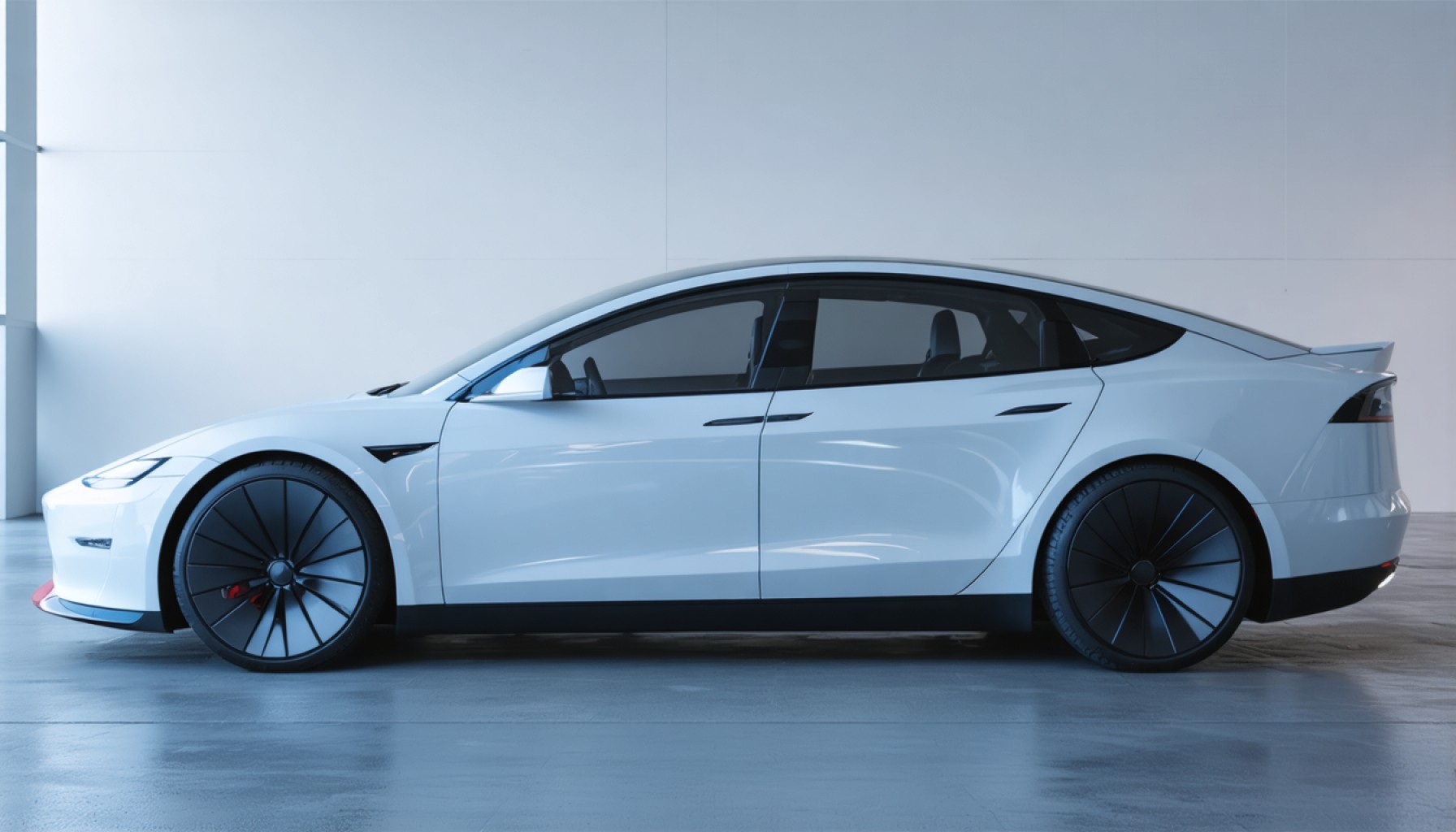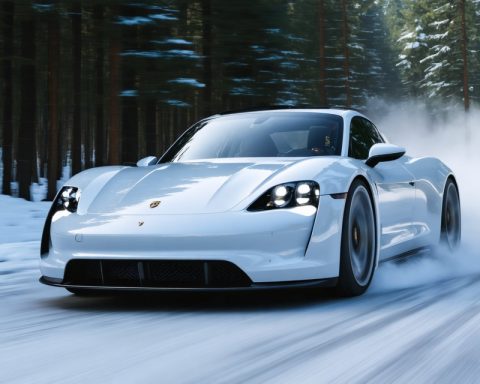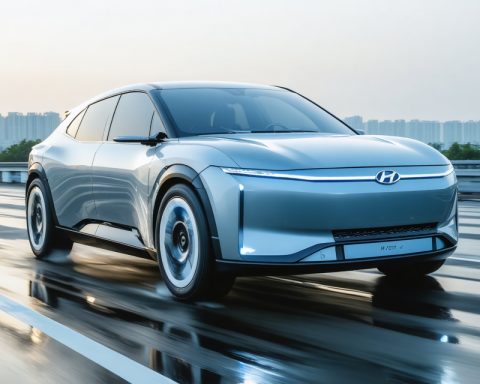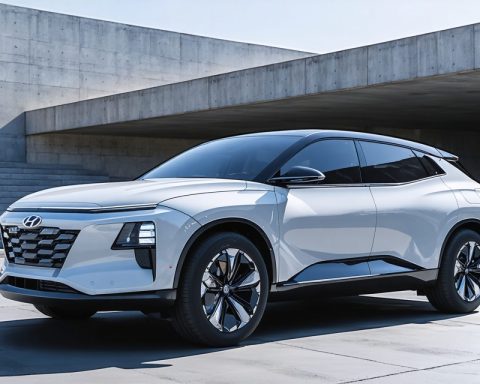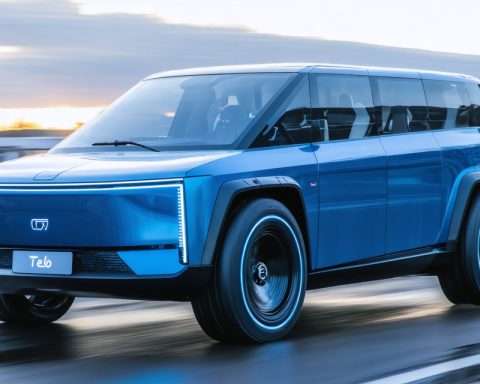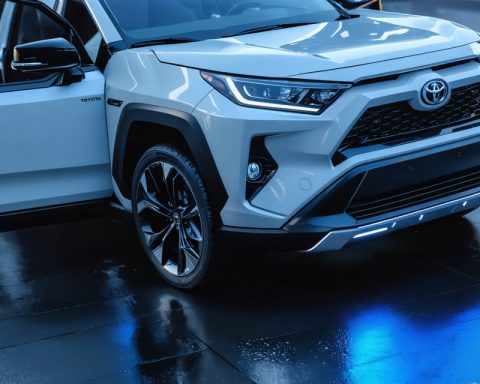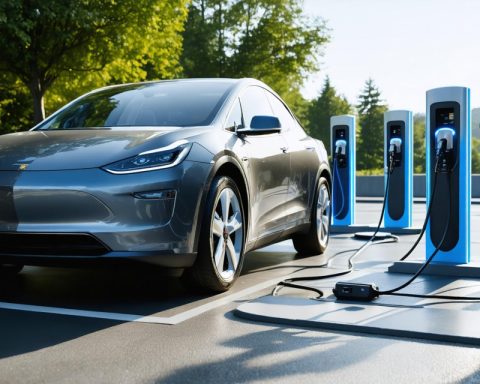- BYD has overtaken Tesla as the leading global electric vehicle seller, achieving $107 billion in revenue and selling over 4.27 million vehicles in 2024.
- Key to BYD’s success is its affordable pricing strategy, offering a range of budget-friendly electric vehicles and hybrids.
- BYD’s technological advancements include a 1,000-kW ultra-fast charging system providing 250 miles of range in just five minutes.
- BYD’s “God’s Eye” driver-assistance technology is offered at no extra cost, contrasting Tesla’s expensive Full Self-Driving system plagued by regulatory issues.
- BYD commands 32% of the Chinese market and is gaining ground in India, while Tesla’s market share declines due to increased competition and regulatory challenges.
- Tesla faces decreasing sales in Europe and needs a strategic overhaul to regain market leadership.
- The competitive landscape of electric vehicles is evolving as BYD takes the lead, compelling Tesla to innovate further.
A seismic shift in the automotive world has occurred—Chinese automaker BYD has usurped Tesla’s long-held throne as the world’s leading electric vehicle seller. With a jaw-dropping revenue of $107 billion and over 4.27 million vehicles sold worldwide in 2024, BYD has more than doubled Tesla’s sales, which saw a decline to 1.79 million deliveries. As the dust settles on this industry upheaval, one question rings loud and clear: How did BYD manage to outpace Tesla?
Cracking the Code of BYD’s Meteoric Rise
A key ingredient in BYD’s winning formula is its affordable pricing strategy. While Tesla has focused on the premium end of the market, BYD caters to a broader audience with a diverse lineup that includes budget-friendly electric vehicles and hybrids. This strategy not only democratizes the shift to electric but also draws in consumers still hesitant about fully committing to electric-only vehicles.
But it’s not just price that sets BYD apart. The company’s pioneering spirit in technology is reshaping the landscape. BYD’s unveiling of a 1,000-kW ultra-fast charging system redefines convenience, offering a staggering 250 miles of range in just five minutes. Tesla’s Superchargers, potent as they are, with 200 miles in 15 minutes, now pale in comparison.
Innovation doesn’t stop there. BYD’s “God’s Eye” driver-assistance technology comes integrated into their vehicles at no extra charge—a stark contrast to Tesla’s pricey Full Self-Driving system which wrestles with regulatory barriers, especially in the crucial Chinese market.
The Strategic Foothold in China
Commanding 32% of China’s burgeoning new energy vehicle market, BYD’s dominance at home is instrumental. In contrast, Tesla’s hold has slipped to a mere 6.1% due to regulatory delays and an avalanche of competition from local players.
Meanwhile in India, the world’s third-largest auto market, BYD’s strategic entry with its Atto 3 model has been timely and effective. Unlike Tesla, which remains entangled in negotiations over import duties and manufacturing stipulations, BYD has already established its brand with an encouraging sales trajectory.
Challenges Mount for Tesla
Tesla’s hurdles extend into Europe where burgeoning competitors, including many homegrown brands, appeal to a growing segment of cost-conscious consumers. Consequently, Tesla’s sales in Europe are dipping, with a remarkable 40% drop recorded early in 2025.
To navigate through these challenges and reclaim its leadership, Tesla needs a multi-pronged approach: reducing vehicle prices, accelerating market penetration in regions still untouched, and resolving regulatory friction, especially in pivotal markets like China where Full Self-Driving service is barred from launching.
The Road Ahead for Electric Vehicles
The electric vehicle race is poised at a thrilling juncture. As BYD sprints ahead with its blend of affordability, accessibility, and cutting-edge technology, Tesla is compelled to innovate desperately to maintain its legacy. Whether Tesla can rebound and reassert its dominion remains to be seen. But for now, BYD holds the pole position, charting a new course in the ever-evolving landscape of electric mobility.
The Revolution in Electric Vehicles: How BYD Surpassed Tesla and Redefined the Market
Introduction
The landscape of the automotive industry is experiencing a revolutionary shift, with Chinese automaker BYD taking the crown as the world’s leading electric vehicle (EV) seller. This unprecedented success is defined by BYD’s staggering $107 billion in revenue and over 4.27 million vehicles sold worldwide in 2024, eclipsing Tesla’s 1.79 million deliveries. How did BYD achieve this staggering growth, and what does it mean for the future of electric mobility?
Key Success Factors Behind BYD’s Dominance
1. Strategic Pricing and Diverse Vehicle Range
– Affordable Pricing Strategy: BYD has captured a broad market spectrum through competitively priced vehicles, enabling more consumers to access electric vehicles. This approach contrasts with Tesla’s premium segment focus, allowing BYD to appeal to cost-conscious buyers.
– Vehicle Diversity: BYD offers a wide array of models, including hybrids and fully electric vehicles, catering to both traditional and progressive markets. This strategy helps bridge the gap for consumers hesitant about transitioning to all-electric vehicles.
2. Cutting-Edge Technological Innovations
– Ultra-Fast Charging: BYD’s groundbreaking 1,000-kW charging system can provide a 250-mile range in just five minutes, setting a new standard for convenience and efficiency, surpassing Tesla’s Supercharger capabilities.
– “God’s Eye” Technology: This advanced driver-assistance system is included as a standard feature, providing a competitive edge over Tesla’s Full Self-Driving option, which faces regulatory challenges and costs extra.
3. Strategic Market Penetration
– Dominance in China: Holding 32% of China’s new energy vehicle market, BYD has a significant home ground advantage. Tesla, on the other hand, faces declining market shares, challenged by local competition and regulatory hurdles.
– Emerging Markets Focus: BYD’s timely entry into India with its Atto 3 model has provided significant growth opportunities in the world’s third-largest auto market, whereas Tesla is still negotiating import and manufacturing terms.
Challenges and Opportunities for Tesla
Market Hurdles
– Declining European Sales: With a 40% drop recorded in the early months of 2025, Tesla faces stiff competition from budget-friendly European brands, appealing to cost-sensitive buyers.
– Regulatory Frictions: Especially in China, where Tesla’s Full Self-Driving features remain barred, halting technological advancements and market expansion.
Potential Strategic Shifts
– Pricing Adjustments: To regain market share, Tesla may need to offer more competitively priced vehicles, which could attract a broader segment of consumers.
– Regulatory Engagement: Crafting strategies to navigate regulatory landscapes more effectively, especially in key markets like China.
The Future Trajectory of Electric Vehicles
The electric vehicle industry is set on a path of exciting developments as new players like BYD set benchmarks for affordability, technological innovation, and market expansion. However, Tesla’s ability to adapt quickly could redefine its path to regaining leadership. The key lies in balancing technological advancements with strategic market engagement.
Actionable Insights and Recommendations
– For Consumers: Assess EV options based on total cost of ownership and charging infrastructure availability. Consider BYD for innovative technology and affordability.
– For Industry Stakeholders: Identify market entry opportunities in emerging regions and prioritize consumer needs for integrated tech solutions at competitive pricing.
– For Policy Makers: Encourage diverse EV models’ adoption through subsidies that favor energy efficiency and consumer affordability.
Suggested Links
– Explore more insights on BYD and its innovations on BYD
– Stay updated with Tesla’s ongoing market strategies at Tesla
